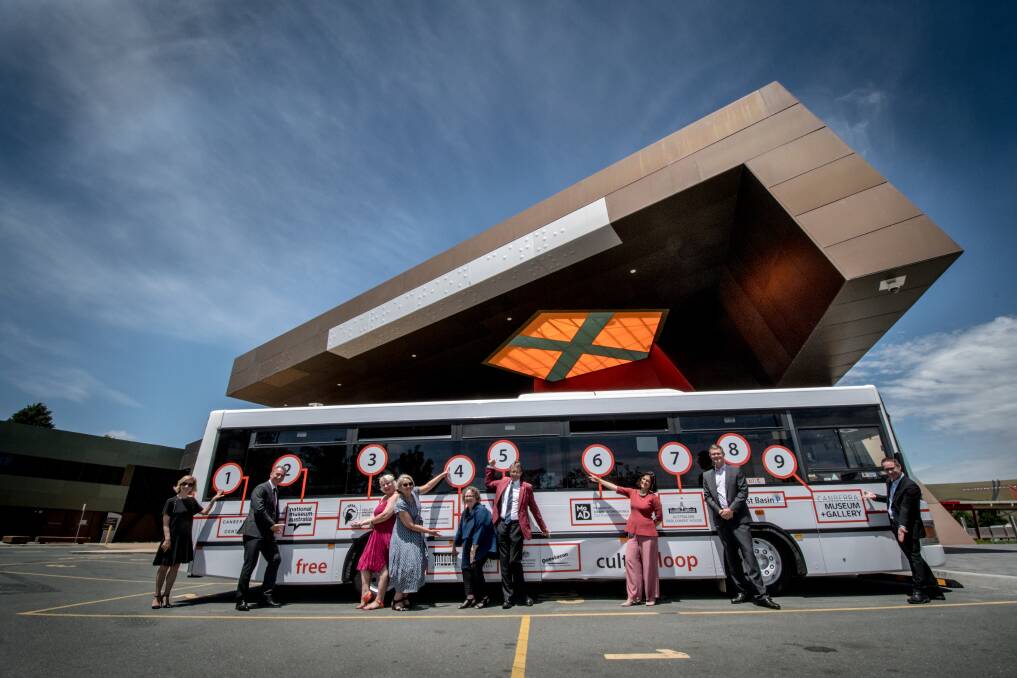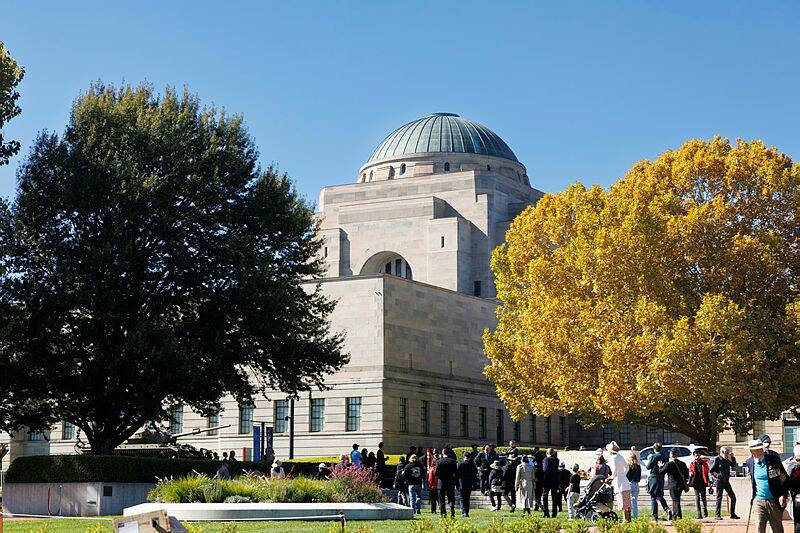Canberra is more than just a city - it is our nation's capital. It is the centre of our democracy. It is where our stories and history are shared through our national institutions, it is a representation of our values and aspirations.
It is an expression of who we are as a nation to the world.
However, the public discussion around our city is often critical. We don't see the national pride and affection for Canberra that befits a national capital.

It is acceptable, or even politically advantageous, for public figures to criticise Canberra in a way it is not for any other city.
This is not only disheartening for those of us who know and love Canberra and all it has to offer, but it can impact the policy decisions made about investment into our nation's capital.
It can actually be a political risk for federal governments to invest in Canberra.
I am proud to be part of a government that does see the value of the national capital, and has shown this in significant investment to date. Just this week the Albanese government has invested a further $50 million into Light Rail Stage 2B and almost $18 million to establish and fast track Australia's first TAFE Centre of Excellence at CIT focusing on electric vehicle maintenance and upgrade facilities.
As a city belonging to all Australians, the benefits of investing in our city are not just for Canberrans, but for the entire nation.
This is why the Joint Parliamentary Committee on the National Capital and External Territories that I chair has made recommendations on how we can foster and promote the significance of our national capital.
For example, our National Convention Centre, the second oldest in the country, currently falls well short of what is expected for business events in the 21st century.
Smaller cities around the country have significantly larger convention centres.
This doesn't just rob Canberra of opportunities, but our whole nation. It means that the national capital can't host international conferences and conventions like the COP or the G20.

Investing in our convention infrastructure would not just be an economic boon for our city (more business tourists, more hotels, more economic activity), but allowing Australia to build our profile on the world stage. Investing in a new convention centre would truly be a nation building project, and one I hope our nation building government will take up.
Lack of investment in Canberra by the previous government left our national institutions in a dire state including leaky roofs and pending cuts to staff or opening hours.
I'm proud the Albanese government restored permanent funding to the national institutions. Supporting their brilliant work and important role was a key focus of our inquiry including how to best support cross-promotion and collaboration between the institutions.
These are the places that hold the national collection, from Blue Poles in the National Gallery and the Magna Carta in Parliament House to the debating chambers of Old Parliament House and the irreplaceable artefacts of service at the War Memorial.
These institutions are custodians of parts of the collection and together they have the whole thing.
As Director of the Portrait Gallery Bree Pickering said in a hearing, "the natural connections (between the institutions) are there, it's just about what infrastructure we require ... to make this a holistic experience".
In the great cities of the world visitors can jump on a hop-on hop-off bus to explore key attractions with ease and get a sense of the city. Our committee has recommended that this, and a "Canberra Pass", bringing together the experiences available in an easy-to-follow guide, could greatly improve the experience here in Canberra. The bus is an idea that several of the institutions previously funded themselves as a trial, which proved successful.
Now imagine you hop on in Civic and make your way to the National Museum. You spend time learning about Indigenous culture and heritage.
After that you head to the National Gallery of Australia where you see the work of Vincent Namatjira, in his powerful exhibition Australia in Colour. Some of the works tell the story of his great-grandfather, one of Australia's most renowned Indigenous artists, Albert Namatjira.
Next you cross the road and see William Dargie's portrait of Albert Namatjira displayed in the National Portrait Gallery, then to the National Library of Australia to learn more about his remarkable life and art.
As Ms Pickering said, "You could tailor a whole experience around your one interest in a single person".
Our committee's report is the culmination of the wealth of evidence and vision contributed by our community across diverse fields including the national institutions, business, tourism, sports, the arts.
I sincerely thank all who contributed for your investment in this inquiry and your commitment to the capital.
Our 21 recommendations are a road map for how we can build on all the wonderful things our city has to offer, and better promote them to our nation and the world.
- Alicia Payne is the Federal Member for Canberra.

